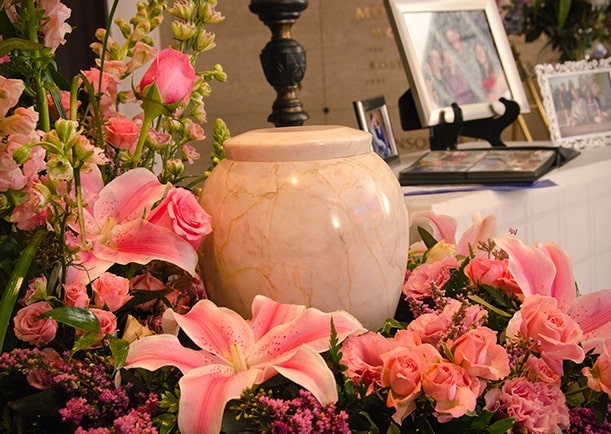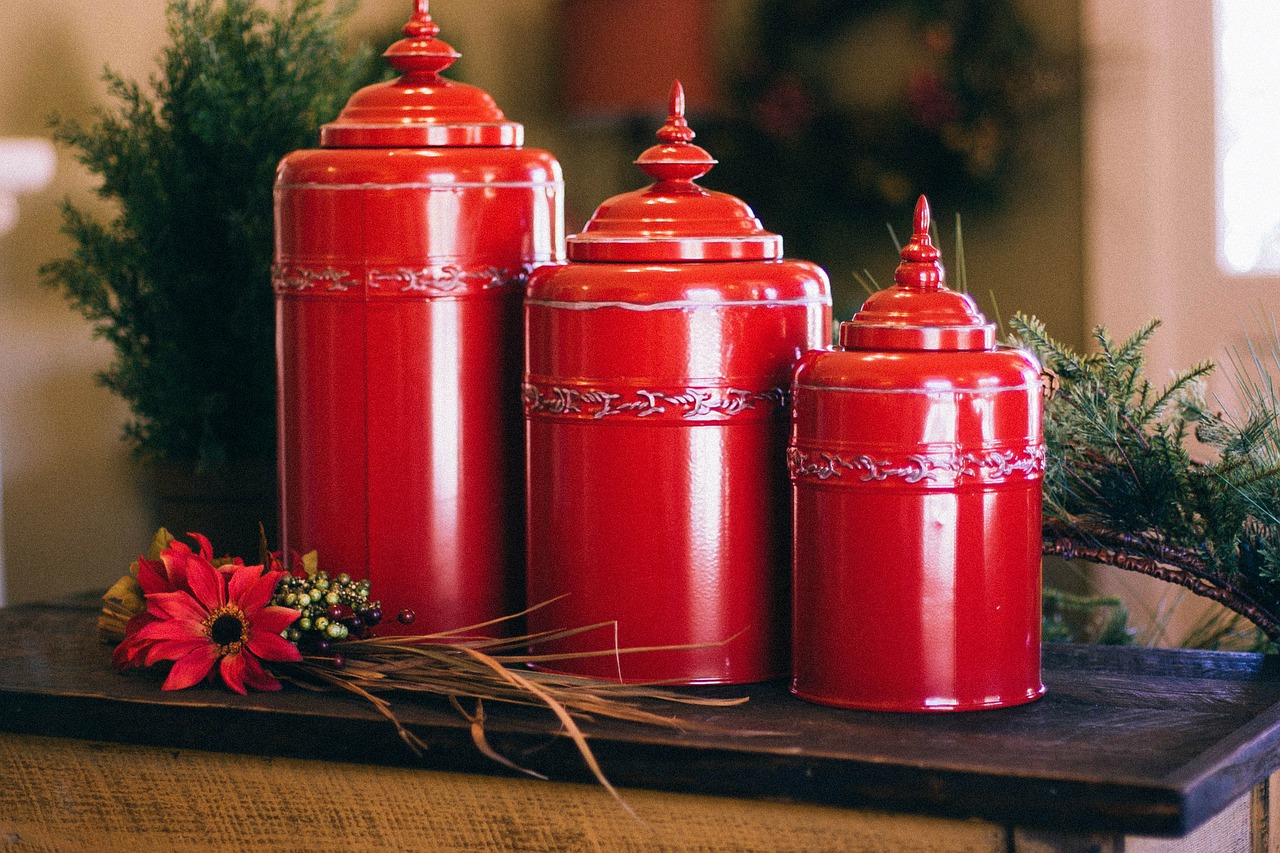Dealing with the death of a loved one is a heart wrenching affair, and is extremely stressful to go through. In these tough times, we are here to help you navigate this process of selecting an end-of-life service. If you want to reduce your carbon footprint in your end-of-life options, and are looking for best cremation care services in California, click here to contact a professional cremation provider, having a history of quality cremation services in California, and Los Angeles.

1. How to decrease the environmental effect of my cremation?
After learning about the rapid changes in the climate, you might be searching for a green cremation that lowers your carbon footprint. It might shock you to find out that there is no such thing as a 100% green cremation. However, there are many ways to lessen the impact of cremation on the environment. We compiled a list of some for you:
- Please choose a renewable, biodegradable casket, made of wicker or recycled materials, and invest in a shroud made of organic materials such as cotton. If you have chosen cremation, you will not need a casket. However, most crematoriums ask for the body to be held in a container, so that it can be transferred to the cremation chamber with ease. According to federal law, your cremation provider should deliver a temporary casket.
- Buying a biodegradable urn will decrease your carbon footprint if you bury your loved one’s ashes. Common biodegradable, environment friendly urn choices include urns made of cardboard, wicker, or un-lacquered wood. Other options include clay, or metal, or concrete urns which, though not biodegradable, will be used as a scattering or storing container. You may also choose to create a carbon offset urn which will reduce manufacture-process eco-impact.
- Anytime you are looking for a cremation near me, be sure to ask them about the mercury emissions from the chamber. In the USA, some crematoriums use pollution-lowering filters, which prevent release of harmful chemicals into the air. If you are an eco-conscious individual, you should request information about the crematorium’s pollutant emissions.
- Possibly recycle the metallic medical parts. This service is often provided for a charge. It is important to ask the cremation provider if they can remove metallic implants from the deceased’s body. Any implants, pacemakers, or prosthetic limbs can be removed prior to cremation and recycled, which prevents them from combusting during the intense cremation process.
- Make a contribution to a carbon fund. The fossil fuel utilized in cremation is relatively low. However, if you want to calculate the carbon emission of the entire cremation process, considering the making of the casket, urn, transport, environmental impact of the cremation service, you can use a carbon calculator for instance. This one: www.carbonfund.org . Remember, your carbon offset donations go to third-party verified projects, which advocate for environmental sustainability, for instance, regarding landfill gas-to-energy projects in Massachusetts, or construction of a farm in the Global South. For a two day event a typical donation would be about 40 to 60 dollars.
2. Are there any alternative forms of disposition?
Unfortunately, usually, options other than cremation or burial are not available. The future looks optimistic, still. The science of cryonics, which is the freezing and saving the body for revitalization, is still underway in its development. A few alternatives, though unpopular, are fast gaining proponents. One of which is a process in which nitroglycerin reduces a body to its fragments, while alkaline hydrolysis is also gaining popularity. In this process, a body is put into a chamber and kept into a superheated water and alkaline solution of potassium hydroxide, and subsequently, broken down into biodegradable liquid form. In both, pollutants are not emitted, and metallic implants in the body are taken out rather than heated to high temperatures.
3. What is the environmental impact of embalming?
Embalming is a popular practice, because the funeral industry downplays its impact on the environment. It is rarely forced by law, and embalming is a personal choice and one that comes with great responsibility for the toll it takes on the environment. So, please choose carefully if you want to purchase this service. Contact the Funeral Consumers services in your residential state, and learn about the laws regarding this practice. .
Why is embalming so harmful? Embalming fluids contain high amounts of formaldehyde. Formaldehyde is a type of chemical that is used in preservative processes, and construction materials for instance, particleboard. It releases carcinogens into the soil and air, and is recognized as a damaging chemical by the EPA.
People who are embalmers themselves are at risk of developing cancer, as they are constantly exposed to formaldehyde. It is in the air they breathe and the liquid that comes into contact with their skin. Harsh environmental effect of these fluids leaching into the ground after a burial have to be researched more but over 800,000 gallons of this dangerous fluid is leached into soil each year through burial traditions, taking a toll on animal and human life both.
4. What is the environmental impact of “traditional” burial?
- Unfortunately, the environmental effect of a full service traditional burial is a lot. professional cremation services in California includes the casket, vault, tombstone, and flower wreaths. According to an estimate over 5 acres of cemetery comprises 1,000 tons casket steel, over 10,000 concrete tons for vaults, and there is enough wood to make 40 houses. As a consequence, cemeteries do not have substantial space for plant or animal life. A more cost effective and ecofriendly option is a green burial.
5. How can I mitigate the environmental impact of my burial?
In general, the following are some steps you can take to reduce the environmental impact of burial..
- Forego embalming. According to law, only in case of long distance transport, or death by communicable diseases, embalming is required by law.
- Choose an option for green burial. Usually, green burial is available to consumers every day, and some organizations are actively working to refine the infrastructure already there.
- Choose a biodegradable casket or burial shroud. For green burial, you can choose and purchase biodegradable wood, wicker, or cardboard caskets, all of which break down into compounds when they come into contact with the natural environment (such as Carbon, H20 and O2).
- You can choose organic materials which are more affordable than the products that are ecologically damaging, for instance, those conventional caskets. There are options to buy organic burial shrouds, which are specially made wraps that are fitted with handles and wood panels, and allow you to bury your loved one in an eco-sustainable way. In fact, green burial sites have rules regarding this and would accept a body if a biodegradable casket or shroud is used. (Also do not forget that paints are environmentally harmful, and the only exception is Milk paint, which also has a negative impact on the environment.)
- You can compensate for the carbon footprint of your burial by investing in a carbon fund. By taking the entire ceremony of burial into account, you can make an appropriate donation to the carbon fund. These will be sent to projects all across the globe which work to create a better living environment, such as a landfill gas-to-energy project, or a recycling plant someplace in the world, or the construction of a wind farm in a country in the Global South. For a common two day event, travel time, meals, lodging, burial, the amount that you should donate is about 40 to 60 dollars.
Search terms
- reduce the environmental impact of cremation
- Why is embalming so harmful?
- alternative forms of disposition
- best cremation care
- ways to lessen the impact of cremation on the environment
- professional cremation services in California



